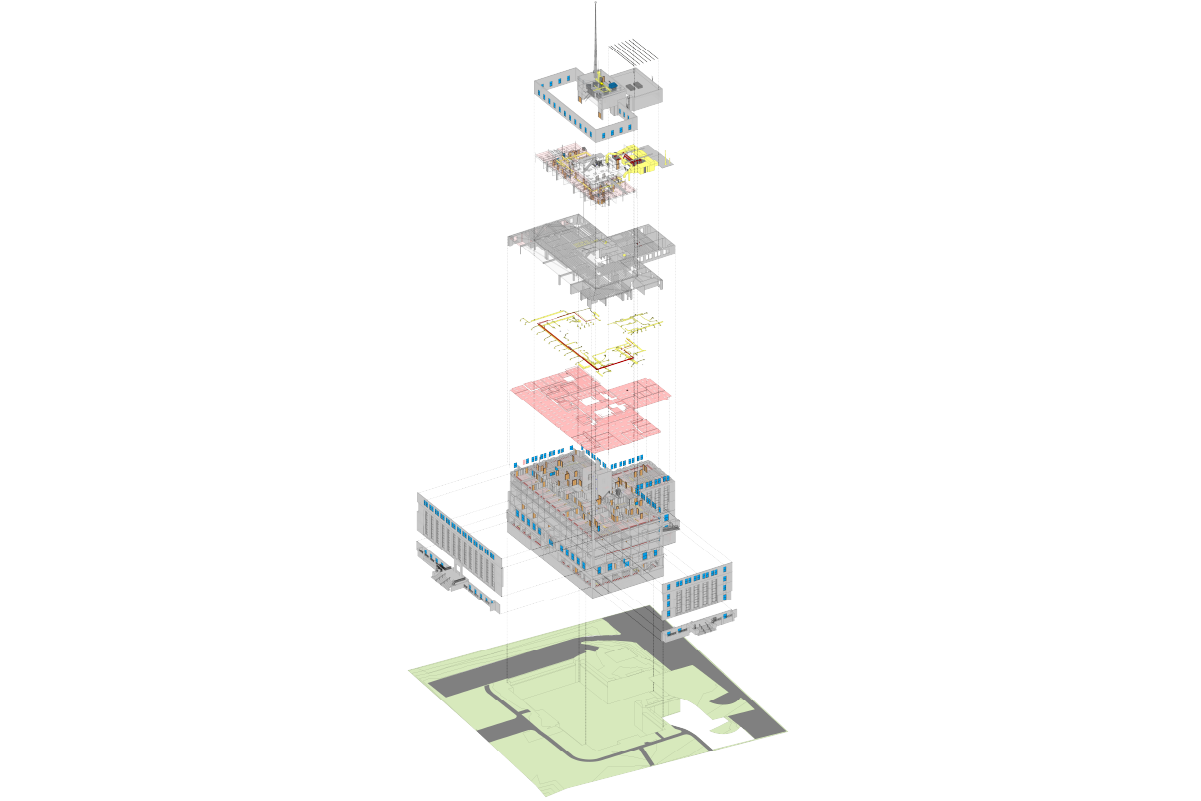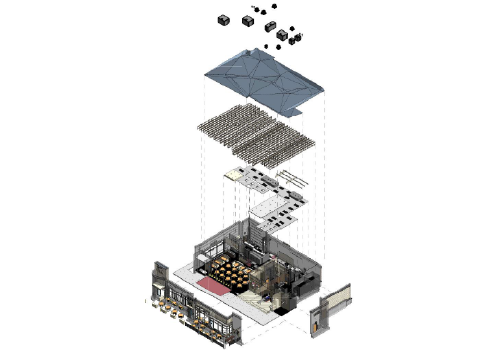Renowned Standing
Due to the skills we uphold, both large and small roll-out firms want to benefit from our knowledge and expertise.
Smooth Collaboration & Clash-Free Models For Architectural, Structural, and MEPF.
At Gsource, we streamline BIM Coordination, ensuring seamless integration of architectural, structural and MEPF for a well-coordinated construction project. Utilizing advanced tools like Navisworks and Revit, we identify and resolve potential issues before they become costly delays.
With Gsource BIM Coordination services:


BIM Coordination requires precision and accuracy at times and also needs proper expert accompaniment. Outsourcing these services can benefit you in certain ways
Here, at Gsource, we have skilled professionals and experts who provide our clients with precise and accurate BIM models and plans for their different coordination systems. We have advanced tools for drafting including Revit, Naviswork & more to get you apt results that also comply with codes and regulations.
Residential, Commercial & Industrial Properties.
Infrastructure projects such as roads, bridges & buildings.
Wetland delineation, floodplain mapping & conservation projects.
Power lines, pipelines & water supply networks.
Municipal planning, public works & transportation departments.
Your Project is Ready in 4 Easy Steps
Due to the skills we uphold, both large and small roll-out firms want to benefit from our knowledge and expertise.
We use high-tech solutions to understand design and construction requirements for BIM Coordination Services.
We have an R&D team that can handle the vast data collection, which can feel like a task for other companies.
Timely actions and efficient outputs minimize delays, maximize productivity & ensure prompt BIM coordination services for our clients.
The data we use to create topographic maps, volume calculations, and distance measurements provide results to the point.
The experience that our team holds is what sets us apart. With training programs, our team of 300 members can deliver top-tier results laid over a 30,000-square-foot Class A Office space.
We are active members of national and international surveying, architectural, engineering & geospatial organizations.
As a service provider, we’ve supported and served companies across the US. Our dedication produces excellent quality that propels industry success.
Our BIM coordination service includes clash detection, model integration, collaboration between disciplines & ensuring all building elements are accurately aligned in the BIM model.
To start a BIM coordination project, schedule a consultation to discuss your specific needs & we’ll develop a tailored coordination plan for your project.
We provide BIM Coordination services for industries such as architecture, engineering, construction & real estate development.
Yes, we provide BIM Coordination services for both small & large-scale projects, ensuring efficient coordination & model integration tailored to the specific needs of each project.
We enhance project efficiency by identifying & resolving potential clashes early in the design phase, reducing rework & delays during construction.
(Enter captcha image text in box)
At Gsource Technologies, we’re ready to help! Tell us what you need, and we’ll connect you with the right experts.